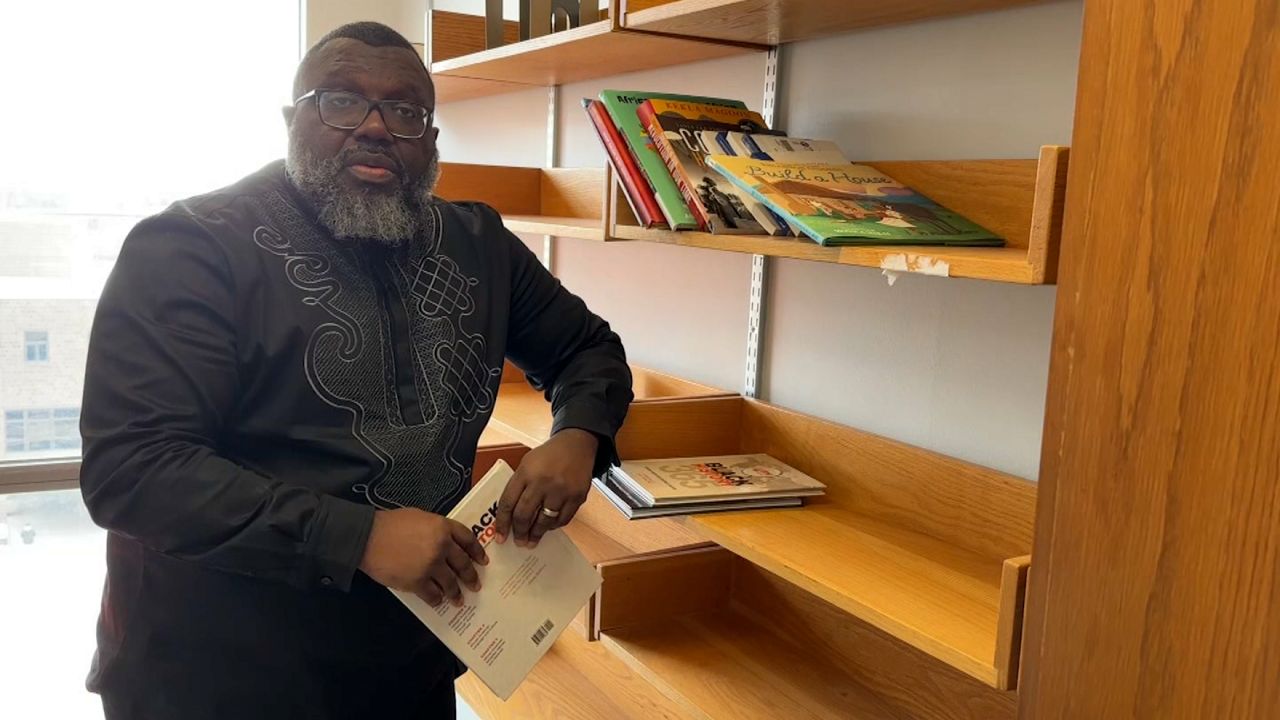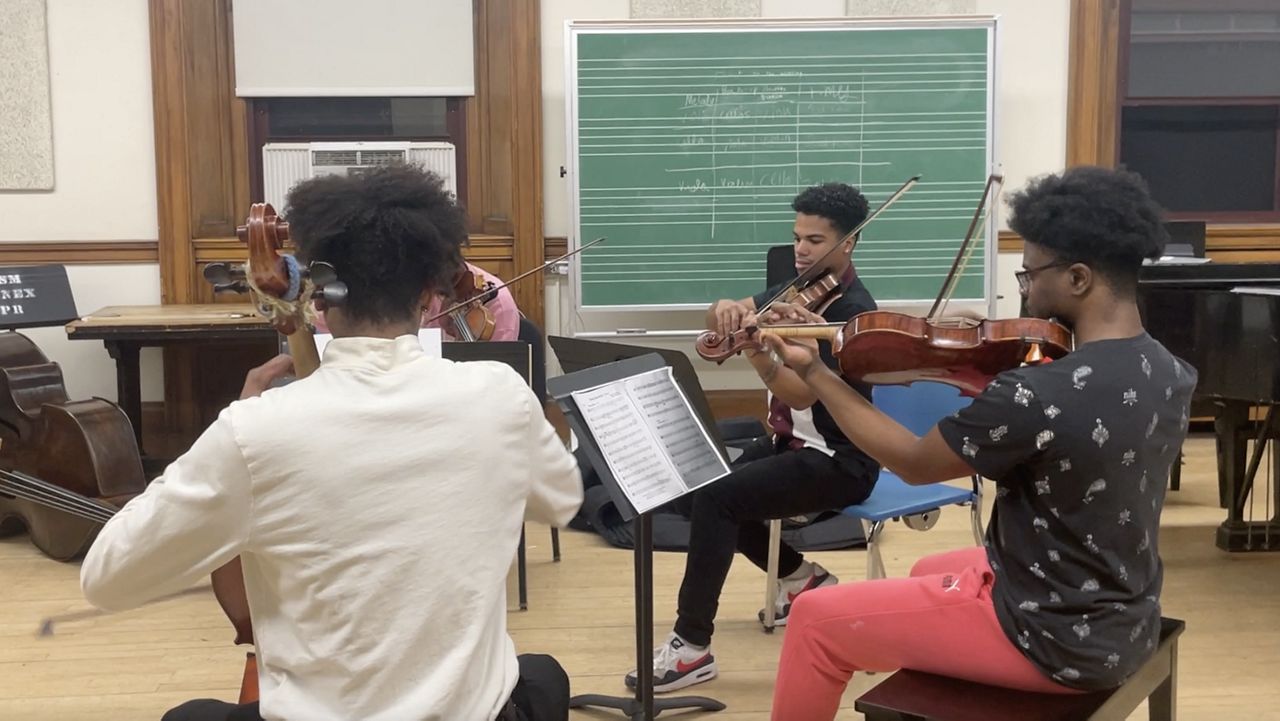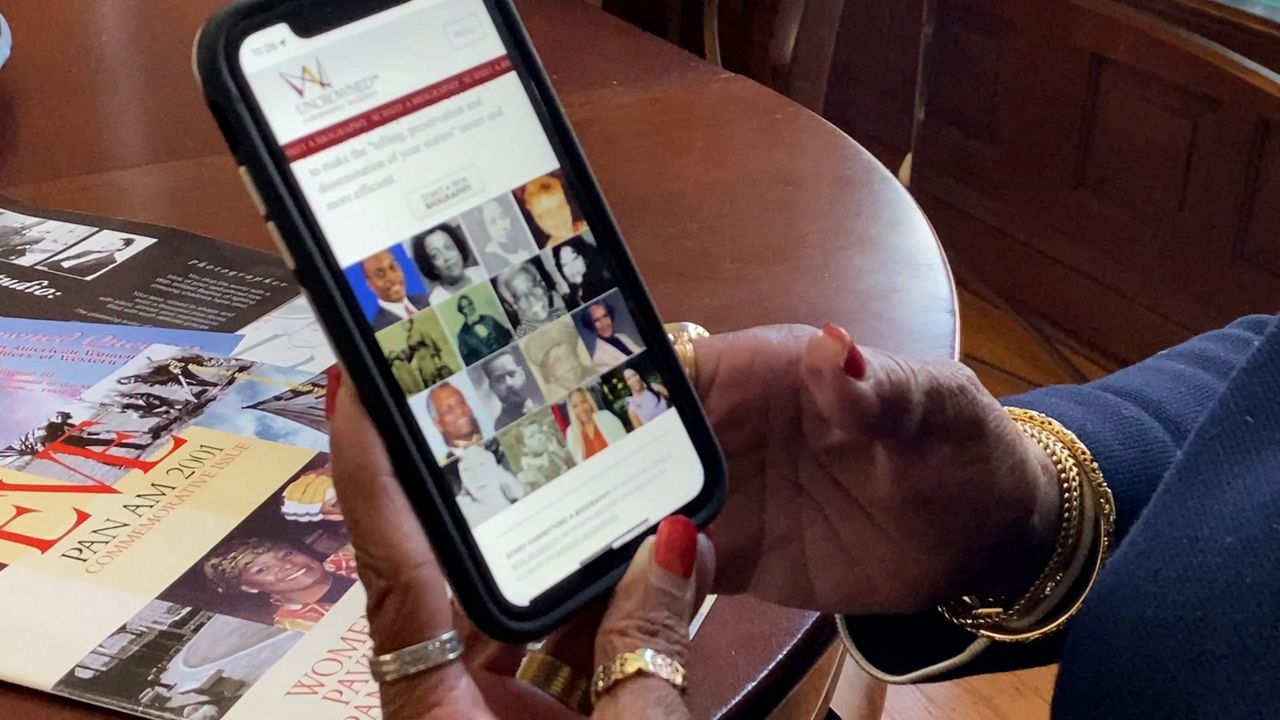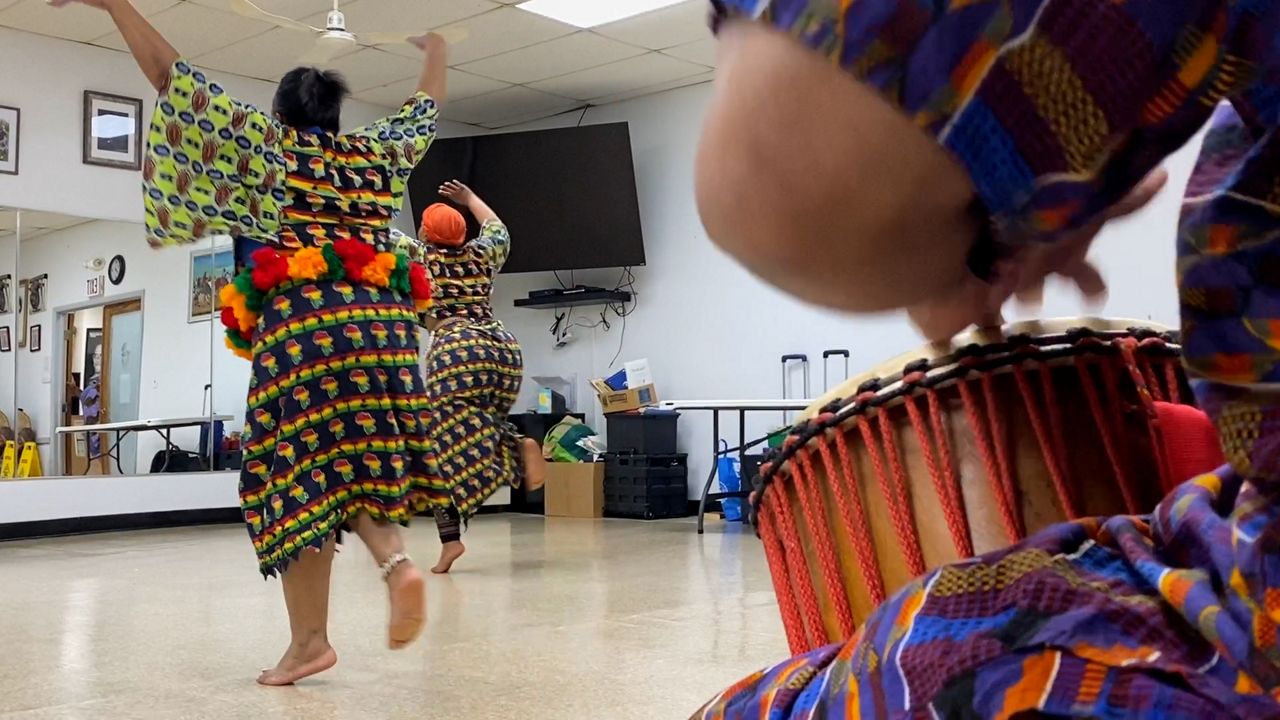BUFFALO, N.Y. — They say a picture is worth 1,000 words. But 1,000 words hand-delivered to the right person in the right situation can be spiritually uplifting — sometimes in ways that we tend to forget about.
"The ending of war is a slow process that includes rumors and truth hopes and failures, false happiness and disappointment," said Lillie Wiley-Upshaw, chair of the Michigan Street African American Corridor Commission, as she read from a page.
There are scores of letters — correspondence between one of Western New York’s civil rights leaders and roughly 40 Black soldiers from the historic Michigan Street Baptist congregation.
"There were quite a number of them. So this was no small effort," she said. "I think it's it is amazing to us and we just want to share that."
Wiley-Upshaw carries a torch of advocacy and heritage for Buffalo and Western New York’s Black communities. Part of that is unearthing the growing collection of letters showing a range of dedication from troops and support from the congregation and Nash.
"I think reminding them that they were still thought of, they were still part of the Michigan Street Baptist church family, and that their concern for them was shared by the whole congregation," she said.
Many letters are still being found to this day.
"The soldier actually was cautioning Rev. Nash and trying to encourage Rev. Nash to not let his son join the military," Wiley-Upshaw remarked on another letter in a growing pile on the table. "Because he thought the atmosphere and the things that he was exposed to may not be such great influences for Rev. Nash's son."
But these are far more than just old words on old paper — they're an untold history.
"The soldiers who served in World War II have been coined the greatest generation," she added. "I think sometimes when we hear that term, I don't know if we are inclusive in the stories of all of the people that were involved in the greatest generation."
As we get looks at these letters, we're reading the times that they represent and the communities built from them.
"They may not have thought that was very big, but in hindsight, we think it was enough that we're talking about it," Wiley-Upshaw said.
In reading these letters, we can read into our future.
"If we just all play our part and do our role," Wiley-Upshaw added. "Who knows how someone might look and we might become history makers."










